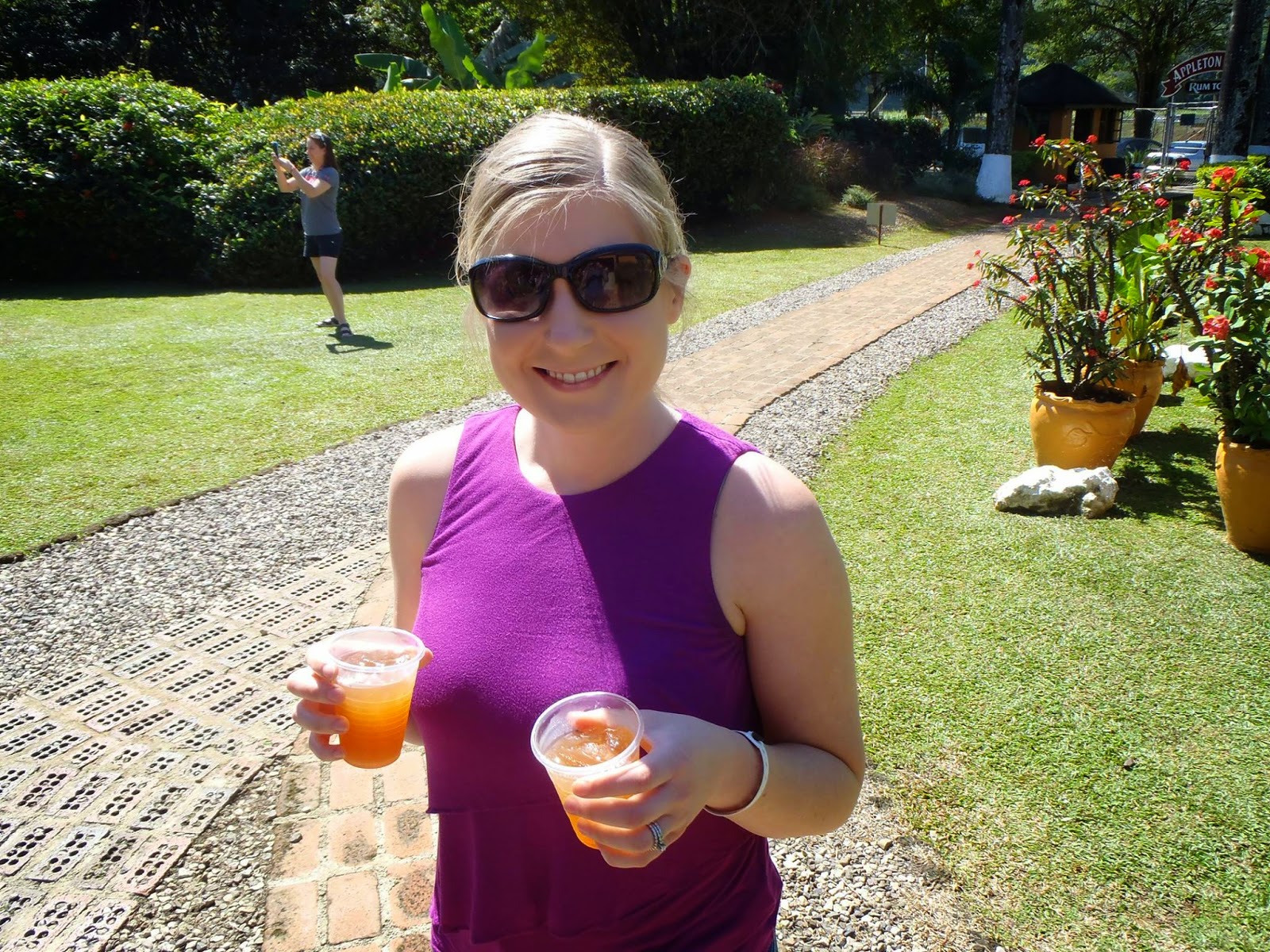I have always been intrigued by German Pinot Noir, but it was a past season of the Bachelorette that became the catalyst for this post. (I know, I know...please don't laugh too hard at me!) The season that featured Desiree Hartsock traveled to Germany, and LOTS of red wine was consumed there. As sure as I am that Dornfelder and Portuguesier were consumed in the mix, there was almost certainly some Spatburgunder in those glasses on the one-on-one dates. After watching that episode, it became my mission to taste as many bottles as I could find locally.
Pinot Noir vines were said to be brought to Germany by Burgundian monks in the 14th century, and the first indication of Pinot Noir in Germany was formally documented in 1470. The varietal struggled to produce notable wines until recently, when advances in clonal research, lower vineyard yields and barrel aging shifted the winemakers' focus to produce higher quality Spatburgunder. The best examples tend to be full-bodied and smooth, with the traditional red fruit aromas and vegetal/herbal hints consistent with the Pinot Noir grape. These wines pair well with ham, poultry, charcuterie and game meats.
Germany's winegrowing area consists of 10 sub-regions that produce a variety of grapes. The sub-regions that I am going to focus on include the Rheingau, the Rheinhessen and the Pfalz. I wasn't able to find a Pinot Noir from Baden here in Calgary.
Elegant and refined,
Ernst Bretz's 2009 Spatburgunder was my personal favourite in the tasting. Fresh acidity and soft tannins wrapped around a flavour profile of raspberries, green olives, and a hint of resin. Paired well with roasted pork loin.
The
Weingut Hans Lang 2010 Spatburgunder contains notes of wild strawberries, forest floor and mushrooms. The acidity really comes alive on the back of the palate. Velvety tannins and a smooth finish round out the mouthfeel. Drink now as the wine is close to fully developed. Decant 30-45 minutes for the fruit flavours to open up.
Andreas Bender's 2011 Pinot Noir is fruit-forward and approachable, with expressive notes of raspberries, ripe cherries, earth, and a hint of wet stone. Refreshing acidity and silky tannins create a graceful structure that includes a long, sleek finish. I enjoyed it best on it's own. Drink now.
Spatburgunder still has a long way to go to compete with similarly priced AOP Bourgogne wines in the Western World, but you can find some great values locally that won't break the bank. Perhaps in the future, we may see more quality German Pinot Noir options on the shelves in North American wine stores. Until then, the choices are limited but definitely worth exploring.
Prost!









